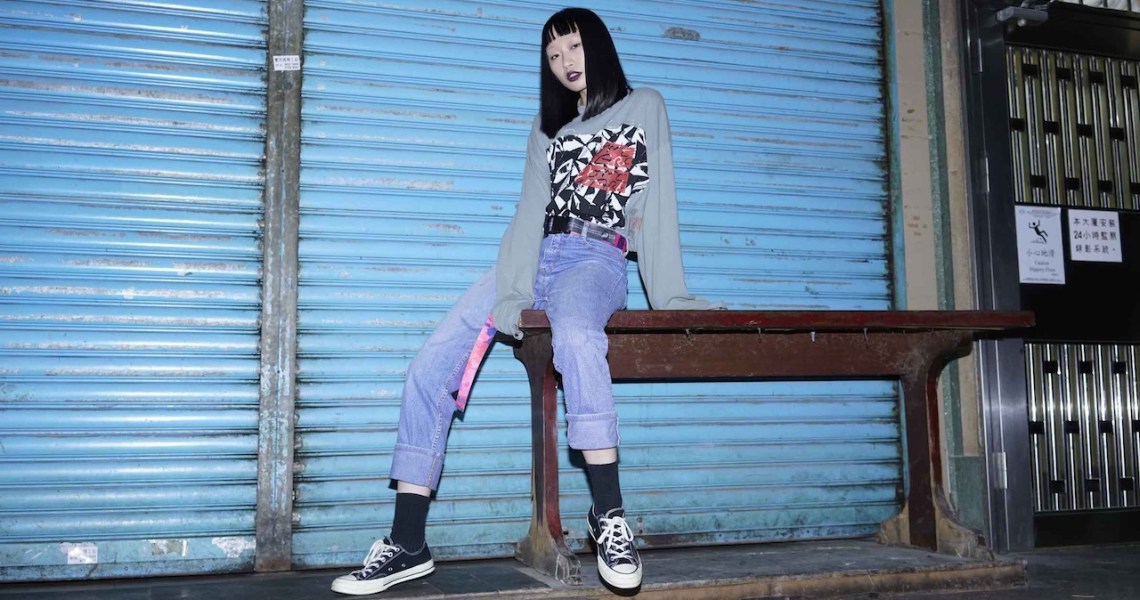One of the most common difficulties for Western brands looking to break into China is they’re dealing with an unfamiliar market where trends are changing at a rapid pace.
To alleviate this, the Chinese e-commerce giant Alibaba is debuting a series of data-driven seasonal forecast reports developed and published by its fashion-focused subsidiary Tmall. These reports will attempt to predict likely trends in China up to six months ahead so that brands can begin preparations to adopt trends before they are already on their way out.
Tmall is using artificial intelligence to pull data from brands, media outlets, local universities and its own consumer analytics to try and predict what trends will be popular in China in the months ahead.
A sample report created by Tmall for the spring/summer 2019 season identifies different segments of the Chinese audience, such as the “earthy minimalist” and the “future-forward stylist,” paired with products expected to be popular for each in the near future. The earthy minimalist, for example, might respond well to oversize jackets and natural materials.
The ultimate goal, according to Tmall, is to get brands from outside of China tuned into Chinese fashion culture enough that they can stop being reactive and become proactive.
Keeping abreast of the fast-moving currents of Chinese fashion is no easy feat. And while keeping up with trends as they come and go, brands run the risk of inadvertently offending the Chinese consumer due to ignorance, as in Dolce & Gabbana’s now-infamous Instagram debacle. This is not because the Chinese consumer is any more or less sensitive than any other consumer. It instead has to do with the cultural divide between China and many Western brands, and the speed of China’s online ecosystem.
“The Chinese social media landscape is very fast-moving,” said Hannes Ben, a chief international officer at ForwardPMX who specializes the Chinese market. “They are very online, and things explode like a fire there. There are hundreds of millions of people on WeChat, so things spread very quickly. You have to react to feedback immediately in order to pick up on things.”
Ad position: web_incontent_pos1
Alibaba and Tmall have positioned themselves as the gateway between Western brands and the lucrative Chinese market. To that end, Tmall said it wants the reports to help its 1,500 brand partners expand their reach among young, affluent, urban Chinese consumers, who make up nearly a fourth of apparel sales on Tmall.
“We hope to enable our brand partners to develop products which meet the desires of consumers and see them debut more on-trend items on our platform,” said Jessica Liu, president of fashion and luxury at Tmall, in a statement.
Ideally, in Tmall’s thinking, the trend reports will help Western brands overcome their greatest hurdle when entering the Chinese market: time.
“You have very-high-volume brands that have established local connections, but the problem is that they are not given enough time to react,” said Ben. “Burberry has a huge Chinese team, all the big brands do, but there isn’t enough time given for them to react to things appropriately.”


